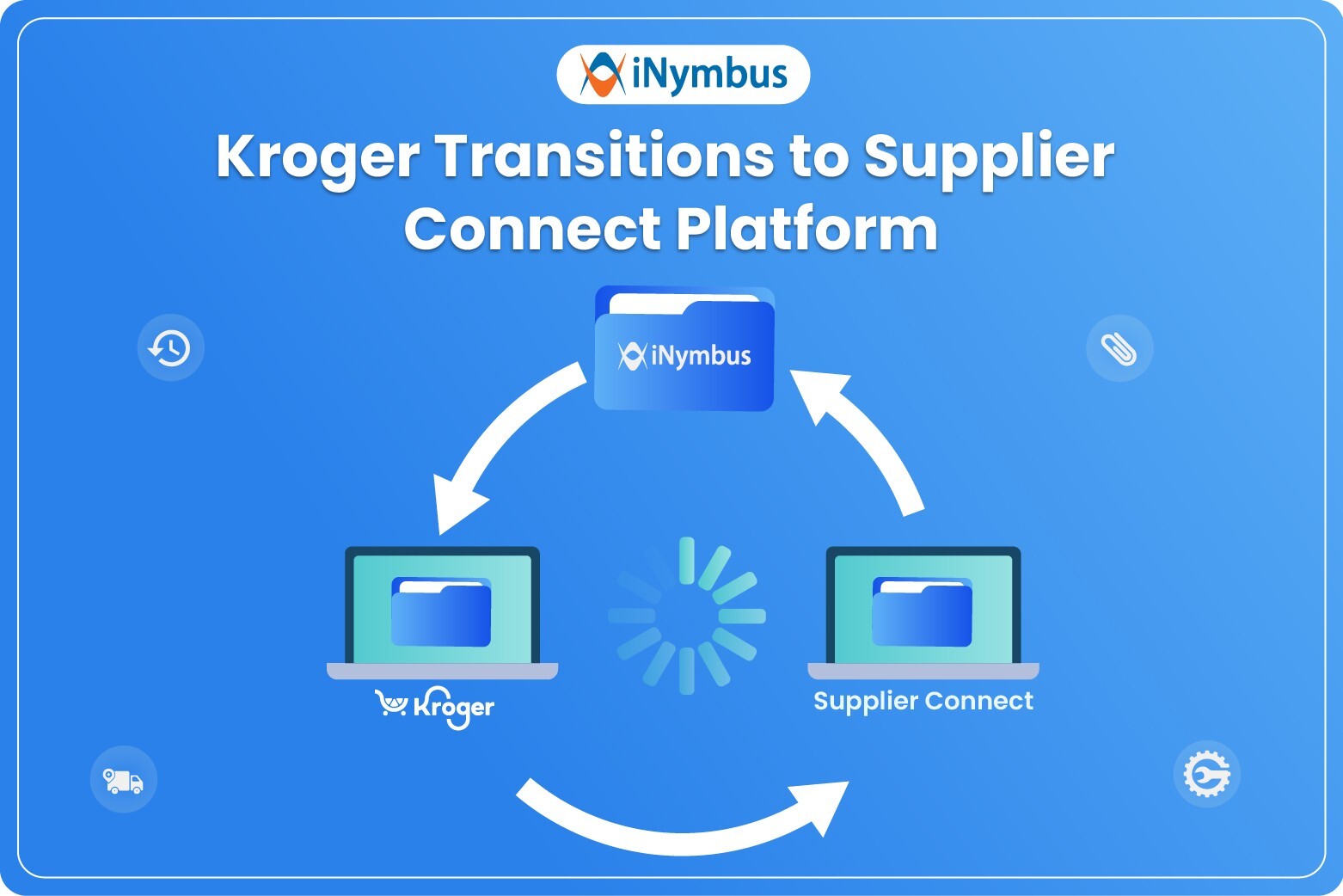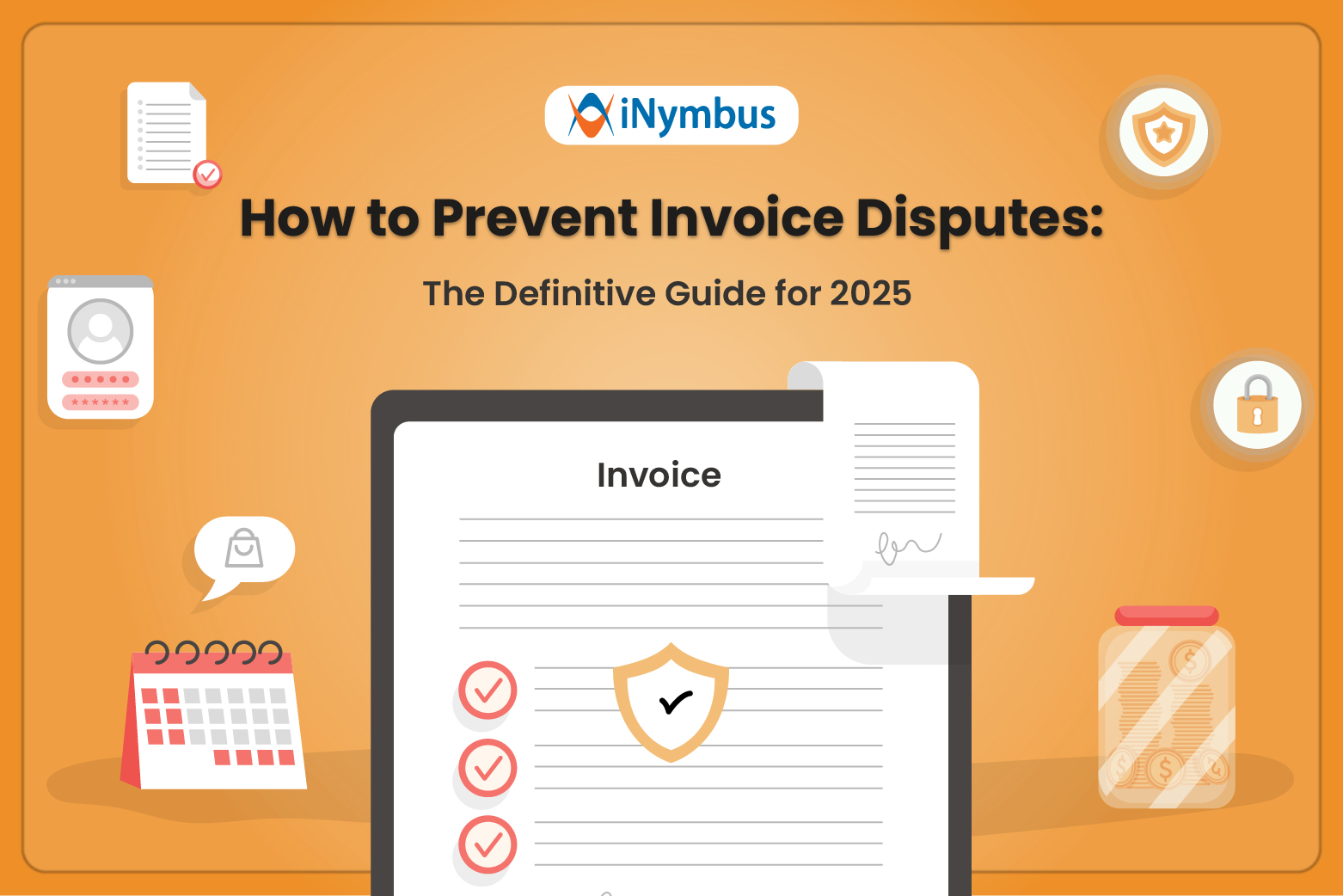EDI in Retail: A Complete Guide to Understanding and Implementation

Have you ever come across the term "EDI" in the retail industry and wondered what it meant?
EDI stands for Electronic Data Interchange (EDI) which refers to the concept of electronically exchanging critical business documents between trading partners. In retail, EDI allows the exchanging of documents such as purchase orders, advance ship notices, and invoices traditionally communicated on paper.
However, In today’s highly competitive market where customers expect faster deliveries and seamless experience which leads to strict requirements for suppliers. As a supplier, vendor, or anyone involved in retail, it’s essential to understand how EDI works and why it’s so important.
What Is EDI in Retail?
Electronic Data Interchange, or EDI, refers to the structured transmission of data between organizations via electronic means. In retail, it allows for the automatic exchange of documents like purchase orders, invoices, shipping notices, and inventory updates. Instead of relying on manual data entry or paper-based processes, EDI lets businesses communicate using standardized digital formats.
At its core, EDI is about replacing email, fax, and spreadsheets with direct computer-to-computer communication between retail partners. This enables faster order fulfillment, fewer errors, and smoother supply chain operations.
When a supplier fails to meet specific EDI requirements retailers impose a financial penalty called EDI chargeback.
Why Is EDI Important in Retail?
Retail is a fast-moving industry where delays and inaccuracies can lead to stockouts, overstock, lost revenue, and damaged relationships with retailers. EDI helps prevent these issues by automating repetitive tasks and reducing the need for human intervention.
Key benefits include:
- Improved Accuracy: EDI eliminates manual data entry errors, ensuring the information shared between partners is consistent and reliable.
- Operational Efficiency: Automating the exchange of documents like purchase orders and invoices reduces turnaround time and boosts productivity.
- Faster Order Processing: Orders and confirmations can be exchanged in minutes instead of days.
- Cost Savings: Fewer paper documents, postage, and administrative overhead mean lower operational costs.
- Retailer Compliance: Major retailers like Walmart and Amazon require EDI to maintain consistent communication and inventory control. Using EDI is often mandatory for suppliers.
Common EDI Transactions in Retail
EDI involves a wide variety of document types, known as transaction sets. Here are some of the most commonly used in retail:
- EDI 850: Purchase Order. Sent by the retailer to request goods.
- EDI 810: Invoice. Sent by the supplier to request payment for delivered goods.
- EDI 856: Advance Ship Notice (ASN). Provides shipping details in advance of delivery.
- EDI 997: Functional Acknowledgment. Confirms the receipt and structure of EDI documents.
- EDI 940: Warehouse Shipping Order. Directs the warehouse to ship goods to a customer.
- EDI 943: Warehouse Stock Transfer. Advises on a warehouse of upcoming stock arrivals.
How Does EDI Work in Practice?
The EDI process generally involves the following steps:
-
Document Preparation: The sender’s system generates a document like a purchase order using internal data.
-
Translation: The document is translated into an EDI standard format, such as ANSI X12 or EDIFACT.
-
Transmission: The document is transmitted to the trading partner via a communication protocol like AS2 or through a Value-Added Network (VAN).
-
Reception and Translation: The receiver’s system accepts the EDI message and translates it into a format their ERP or accounting system can use.
-
Processing: The data is processed automatically within the system, triggering actions such as order fulfillment or invoice approval.
Real-World Example of EDI In Retail
Consider Walmart, which processes millions of transactions daily across its global supply chain. By integrating EDI, Walmart has optimized inventory management, ensuring that stores are restocked just in time. This has minimized stockouts and reduced the waste associated with overstocking.
For instance, when suppliers send Advance Ship Notices (ASNs) through EDI, Walmart can accurately track shipments down to the case level, reducing receiving times and discrepancies. This precision helps them maintain their promise of low prices and high availability.
Retailers like Target and Costco have also leveraged EDI to handle the increasing complexity of stock-keeping units (SKUs) and streamline delivery frequencies, saving thousands of hours in receiving and order reconciliation annually.
EDI for Retail Procurement
In retail procurement, Electronic Data Interchange (EDI) plays a crucial role in enhancing communication and efficiency between suppliers and retailers. EDI automates the exchange of business documents, minimizing errors and improving the speed and accuracy of transactions.
Let’s break down how EDI works in retail procurement, using specific EDI document types to highlight the key steps in the process.

Step 1: EDI 856 (Advance Shipment Notice)
The procurement process begins when the supplier sends an EDI 856 (Advance Shipment Notice) to the retailer. This document provides detailed information about the upcoming shipment, including:
- Shipment contents (product types, quantities)
- Expected delivery date
- Shipping method and tracking information
- Pallet and case-level details (if applicable)
The EDI 856 helps the retailer prepare for the arrival of goods by enabling better inventory management and reducing delays during receiving. It ensures that the retailer is informed about what is arriving and when, making it easier to plan space and personnel to handle the shipment.
Step 2: EDI 997 (Functional Acknowledgment)
Once the retailer receives the EDI 856, the next step is for the retailer to send an EDI 997 (Functional Acknowledgment). This document serves as a response to the EDI 856, confirming the successful reception of the shipment details.
There are two possible responses in an EDI 997:
- Acceptance: This confirms that the data received in the EDI 856 is correct and the retailer is ready for shipment.
- Rejection: If there are issues with the document structure or content (such as missing data, incorrect codes, or formatting issues), the retailer will reject the EDI 856. This lets the supplier know that adjustments are needed before the shipment can proceed.
The EDI 997 is crucial because it ensures that both the supplier and the retailer are aligned in terms of the shipment’s details before it arrives.
Step 3: EDI 824 (Application Advice)
Even after a successful EDI 997 acknowledgment, the process does not end there. The retailer might send an EDI 824 (Application Advice), especially if there are discrepancies or issues that were not immediately apparent. This document provides more detailed feedback about the transaction.
For example, if there are minor errors in the shipment or data, the EDI 824 will detail those issues, allowing suppliers to address them before they escalate. This helps avoid disruptions in invoicing or stock reconciliation.
Step 4: Monitoring and Continuous Feedback
After these initial exchanges, both parties continue to monitor the shipment. Retailers use the information in the EDI 856 to track progress, while suppliers ensure the shipment meets expectations. Any further communication is handled through additional EDI documents, ensuring a smooth and traceable procurement workflow.
EDI Standards, Compliance, and Chargebacks in the Retail Industry
EDI standards are essential for the retail industry as they ensure seamless communication between trading partners. Retailers and suppliers must follow these standards to avoid disruptions, maintain accurate transactions, and streamline operations.
EDI Retail Standards
EDI standards for retail define the formats and protocols that businesses must follow to exchange documents electronically. These typically include:
-
ANSI X12: Common in North America
-
EDIFACT: Widely used in Europe and international trade
Retailers often impose their own specific EDI retail standards that suppliers must follow to maintain partnerships.
EDI Compliance
To be compliant with EDI standards for retail, suppliers must:
-
Send and receive EDI documents in the required format and sequence
-
Respond within specified time frames
-
Accurately transmit purchase orders, ASNs, and invoices
Compliance ensures accurate and timely exchanges, reducing operational friction and improving vendor-retailer relationships.
EDI Chargebacks
Retailers may impose chargebacks when suppliers fail to meet EDI compliance requirements. Common reasons include:
-
Late document submissions
-
Data mismatches (e.g., quantities or pricing)
-
Incorrect formatting
Chargebacks can significantly impact margins over time, making it vital for suppliers to adhere strictly to EDI protocols.
Overcome Chargebacks with iNymbus
While EDI compliance chargebacks can be an inevitable challenge, they don’t have to undermine your business. At iNymbus, we specialize in helping vendors and suppliers manage, mitigate, and reduce the impact of chargebacks and deductions.
With our Deduction Management Software, we empower your business to automate key processes, enhance accuracy, and streamline dispute resolution, ensuring that your financial potential is maximized.
Unlock the full potential of your EDI system with iNymbus by leveraging features such as:
- Automated Document Retrieval: Say goodbye to manual document searches and retrieval from ERP systems, EDI, portals, and emails.
- Fast, Error-Free Dispute Filing: Seamlessly file disputes with all necessary documentation, even for major retailers like Walmart, Amazon, and Target.
- Improved Speed: Resolve disputes up to 30 times faster than traditional methods, cutting down on time and resources spent on chargeback management.
- Comprehensive Retailer Support: We support over 40 major retailers, ensuring that all your deduction claims, no matter how complex, are handled with precision.




